That the 9 most popular harmful substances, including alcohol, LSD, and caffeine do with the brain
Snuff - and the world is transformed into a colorful kaleidoscope of dancing patterns and sounds of the waves; sip - and the muscles in your body melt, like jelly. Yes, different substances allow a person to explore the world around in completely different ways, but their effects can not be called pleasant. So actually drugs do to the human brain? Let's find out.


Marijuana
When the active ingredient of marijuana - THC - enters the brain, it causes the cells to release his "nice" neurotransmitter dopamine. Dopamine - a part of the reinforcement system of the brain, it makes us feel good and get the most pleasure from simple things such as food or sex. Perevozbudilsya underpinning the system creates a feeling of euphoria. That is why, in some rare cases, excessive use of marijuana can be a problem: the more a person enters into a state of euphoria, the less the other senses experiencing.
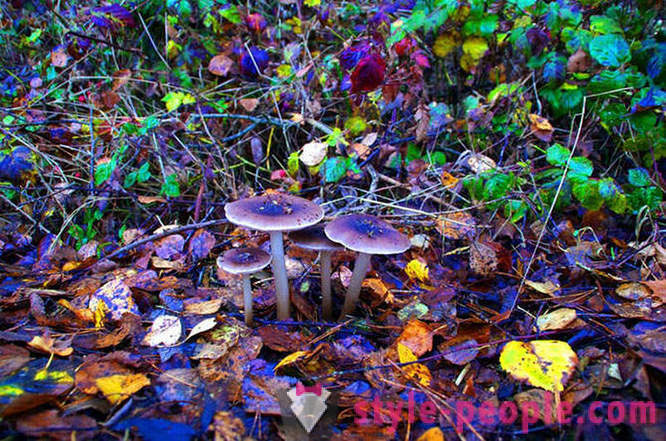
Magic mushrooms
A recent study showed that the main psychoactive ingredient in mushrooms - psilocybin - suppresses the normal activity of the brain and instead abruptly launches new connections between different areas. Perhaps these new connections and cause hallucinations like "see sounds" or "hear colors" and give the fungi antidepressant effect. It should be borne in mind that the use of fungi associated with health risks, including an unpleasant hallucinations and a growing sense of anxiety.

Alcohol
Like any other drug, alcohol affects the brain chemistry by changing the levels of neurotransmitters - chemical transmitters that transmit signals that control our thinking and behavior. Alcohol slows down the thinking, breathing and heartbeat, stopping our "excitatory" transmitter - the ones that tend to increase the energy level. But it strengthens our "braking" transmitters - those that usually make us calm down. That's why they say a drunken and reckless.
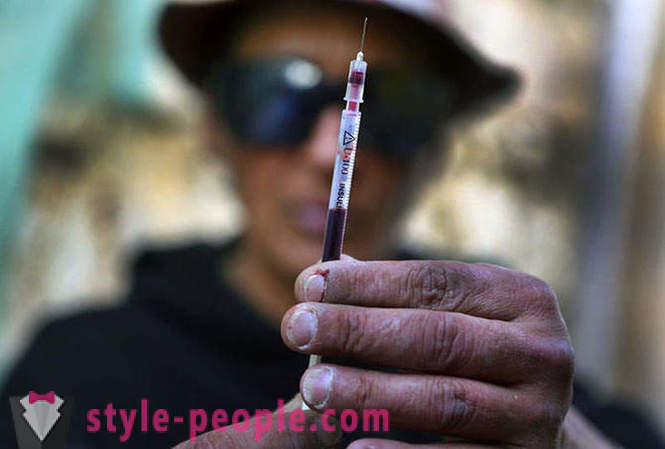
Heroin
The brain converts heroin to morphine, which binds molecules in brain cells and body called opioid receptors. They affect the perception of pain and pleasurable sensations. This explains the incredibly strong sense of euphoria that many experience with the introduction of the drug. Since the opioid receptors are also found in the brain stem, the main control center, an overdose can slow down or stop breathing, brain damage, coma, or even death.
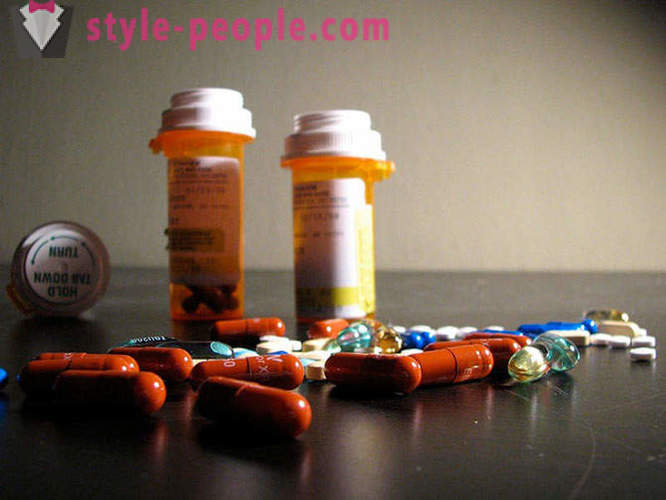
The legal basis of opiate painkillers to
A recent study has shed light on the potential link between heroin and opioid painkillers, such as Vicodin or OxyContin. People who abused opiates, 40 times increased likelihood begin heroin. This is because the nature of the influence of opiates on the brain is similar to the influence of heroin.

Caffeine
Caffeine - the most common psychoactive substance in the world. It stimulates the central nervous system and temporarily lifts the mood. But it can also increase the level of adrenaline that energizes and the potential for activism, but ultimately can cause anxiety and irritability. Its structure is similar to caffeine adenosine molecule, which in turn reduces the excitation processes in the brain. Replacement of its caffeine leads to a stimulating effect.

LSD
Like magic mushrooms, LSD - a hallucinogen. Hallucinogens affect mainly on the area of the brain responsible for regulating our moods, thoughts and perceptions, but also affect the way we respond to stress. LSD causes a variety of hallucinations - for example, under its influence can be felt or seen flying his own death from the side. Short-term effects can include LSD impulsivity, quick change of emotion of sadness to euphoria, dizziness and increased heart rate.
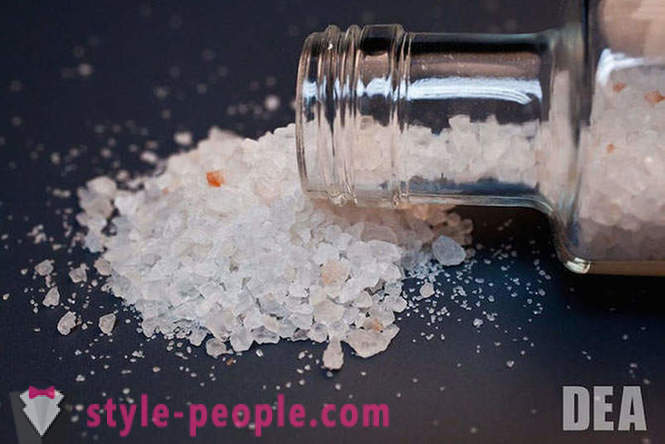
synthetic drugs Flaccus
Since Flaccus - a relatively new drug, the mechanism of its effect on the brain is not well understood. At the moment, you can compare it to close "relatives" such as cocaine or amphetamine. These drugs cause a surge of two substances: dopamine ( "good" neurotransmitter) and norepinephrine, which quickens the heartbeat and increases the level of excitement. As with most other drugs, there have Flaccus "comedown". This is often reflected in the fact that people return again and again to use drugs to get rid of negative feelings. Overdosing is associated with side effects such as anxiety, paranoia, hallucinations, and aggressive behavior.
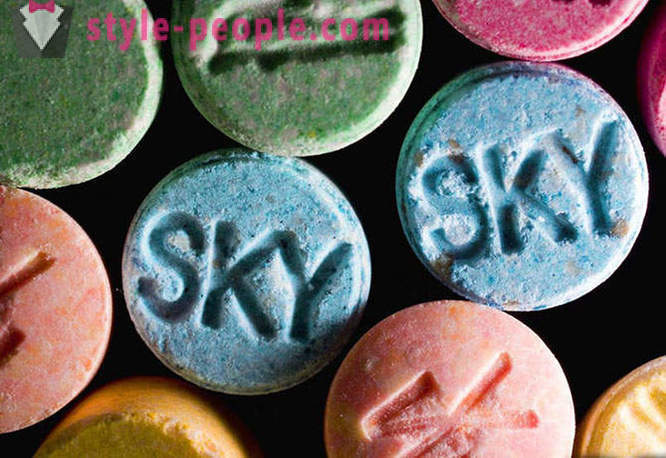
Ecstasy
Ecstasy, or MDMA, stimulates the activity of at least three different neurotransmitters, including dopamine, norepinephrine and serotonin, which play a crucial role in maintaining a good mood. Elevated levels of serotonin may explain the surge in mood and energy, which is experienced by people who took MDMA, but the decline in the same serotonin is the cause of many days of the blues. Scientists have shown that chronic use of MDMA (a couple of tablets every weekend for several years, or 10-20 tablets per weekend) very bad effect on the brain. People who take MDMA permanently lose memory and the ability to clearly perceive the information.













































